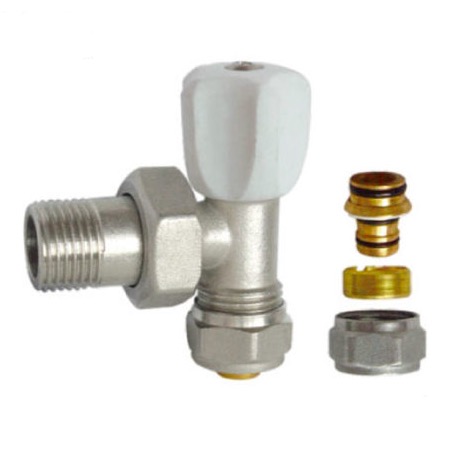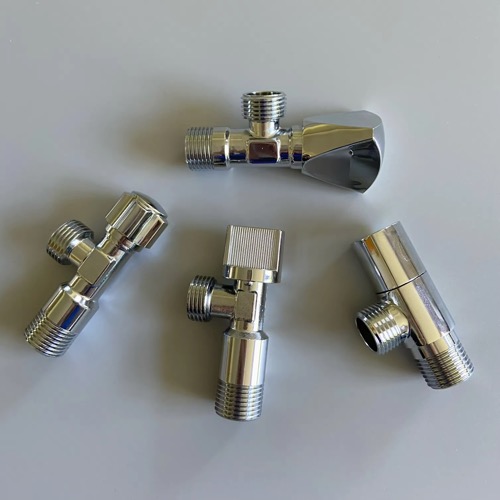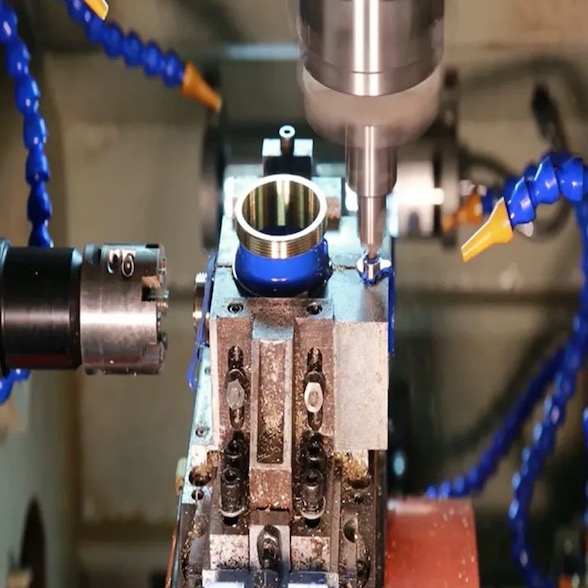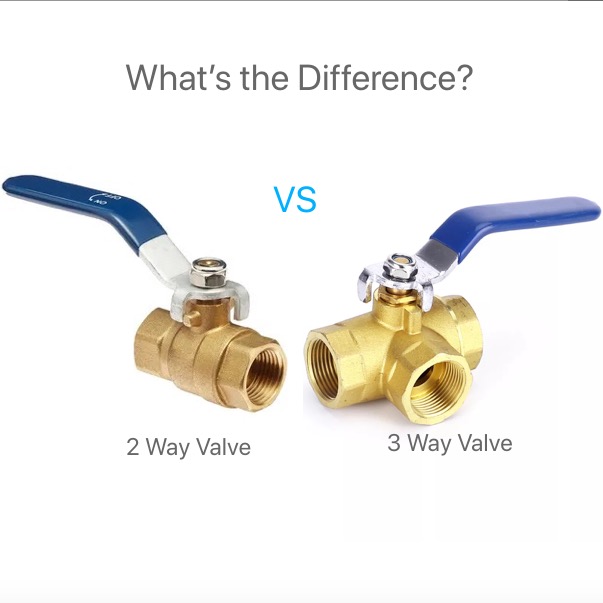Ball valves are widely used in various industries for controlling the flow of liquids and gases. However, not all brass ball valves are created equal. The quality, safety, and reliability of a ball valve depend heavily on the standards and certifications it meets. This is particularly important when sourcing valves for plumbing, heating, or gas systems.
So, what are the main standards that define the performance of brass ball valves?
The answer lies in the various international standards, regulations, and quality certifications that ensure the reliability and safety of brass ball valves. These standards cover everything from design specifications to testing procedures, providing assurance to manufacturers, distributors, and end-users. The Main Standards are ASME B16.34, API 6D, EN331:2015, EN13828:2003, etc.
With so many standards and certifications available, it’s crucial to understand what each one means and how it impacts the choice of brass ball valves. In this article, I’ll dive deep into the main standards and certifications for brass ball valves and explain how they can guide you in selecting the right valve for your needs.
What is the ASME standard for ball valves?
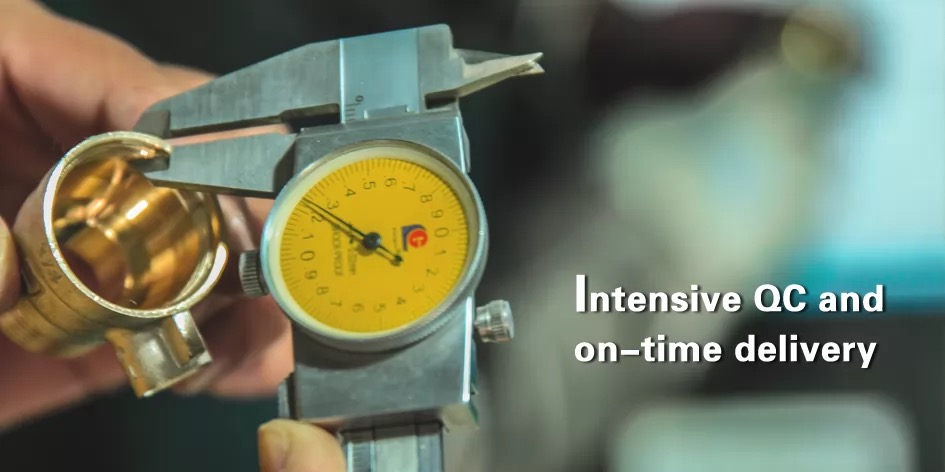
Brass Ball Valve ASME Standard
The ASME (American Society of Mechanical Engineers) is a widely recognized organization that defines codes and standards for mechanical systems. The ASME standard for ball valves primarily relates to the ASME B16.34 specification, which outlines the design, materials, and testing requirements for valves, including ball valves.
The ASME B16.34 standard is essential for ensuring the safety, reliability, and performance of valves in industrial and commercial applications.
Key Features of ASME B16.34
- Pressure-Temperature Rating: It defines the pressure and temperature ratings of valves, ensuring that ball valves can operate safely within certain limits.
- Materials: Specifies the materials that can be used in the construction of ball valves, ensuring they can withstand harsh environments.
- Testing: Includes pressure testing and other procedures to ensure that the valve can operate effectively under high-stress conditions.
The ASME B16.34 standard plays a crucial role in ensuring that brass ball valves are up to par in demanding environments. By following this standard, manufacturers guarantee that their valves can handle high pressures and temperatures without failing. This makes ASME-certified valves suitable for industries such as oil and gas, chemicals, and manufacturing, where operational safety and valve performance are critical. Additionally, ASME certification provides an extra layer of assurance to the customer that the ball valve has undergone rigorous testing and meets the highest industry standards.
What is the API standard for ball valves?
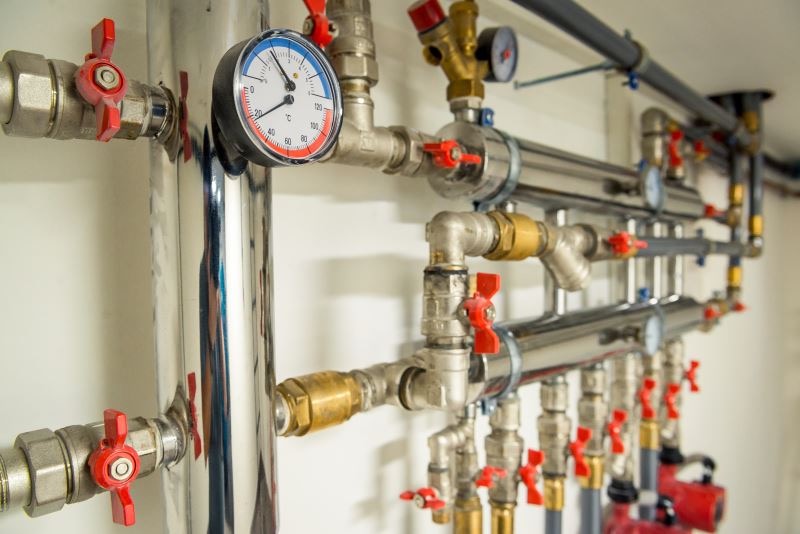
API Standard Brass Valve
The API (American Petroleum Institute) sets standards for the oil and gas industry. The API 6D standard is particularly relevant to ball valves used in pipelines and other critical applications in the energy sector. This standard covers the design, materials, and testing of valves in oil, gas, and petrochemical systems.
API 6D is crucial for ensuring the safety and reliability of valves in highly demanding environments, like oil and gas pipelines.
Key Features of API 6D
- Design and Construction: Specifies the design and materials for valves used in the oil and gas industry.
- Testing Procedures: Requires comprehensive testing to ensure valves can withstand extreme pressure and temperature.
- Safety Features: Includes features to prevent valve failure that could result in hazardous situations.
API 6D is a vital standard for ball valves used in critical infrastructure, like pipelines and refineries. These valves need to perform reliably under extreme conditions such as high pressure, temperature, and chemical exposure. The API 6D standard ensures that brass ball valves can meet these conditions while maintaining the highest level of safety. Additionally, API 6D-certified valves are tested rigorously to ensure they won’t fail under stress, making them a top choice for industries where safety is paramount. Compliance with this standard is often required by regulatory bodies to ensure that products meet industry safety and quality regulations.
What is the Standard EN331:2015 for Brass Valve?
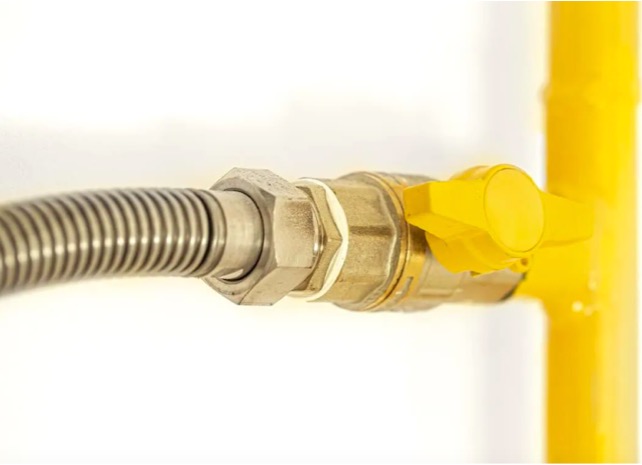
Brass Ball Valve For Gas EN331
The EN331:2015 standard is a European standard specifically for gas installations. It defines the requirements for the construction and testing of valves used in gas systems, particularly for household and commercial applications. For brass ball valves, this standard ensures that they are safe for use in gas distribution systems.
EN331:2015 provides specifications for gas ball valves that must withstand high pressures and ensure no gas leakage.
Key Features of EN331:2015
- Pressure Ratings: Specifies the maximum pressure that gas valves can safely handle.
- Leakage Testing: Requires valves to undergo rigorous leakage tests to ensure there is no escape of gas.
- Material Compatibility: Ensures the brass used in valves does not corrode or react with the gas.
The EN331:2015 standard is vital for ensuring the safety of gas installations, especially in residential and commercial buildings. Gas valves are critical components of a gas distribution system, and any malfunction could lead to hazardous leaks. By following this standard, manufacturers can provide brass ball valves that meet stringent safety protocols, offering peace of mind to both homeowners and businesses. The EN331 standard also emphasizes the importance of using corrosion-resistant materials, which is crucial for maintaining the valve's integrity over time, especially in environments where gas distribution systems are subject to harsh conditions.
What is the Standard EN13828:2003 for Brass Valve?
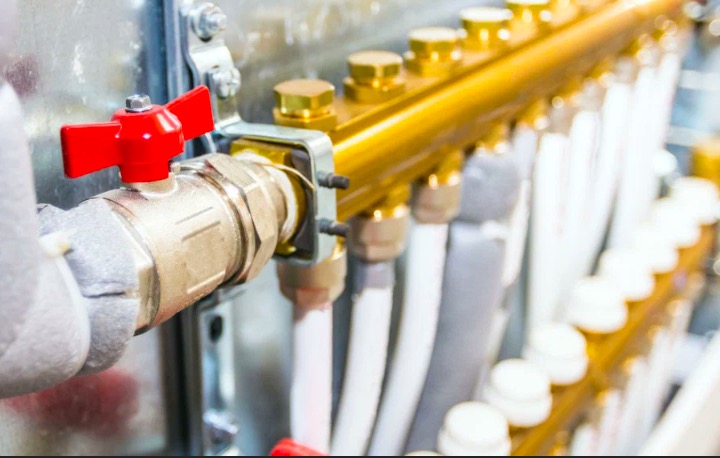
Brass Ball Valve for Heating
The EN13828:2003 standard applies to ball valves used in heating systems. It ensures that brass valves can handle the high-temperature environments often found in heating applications, such as radiators and heating circuits. This European standard guarantees the valve’s ability to withstand heat without compromising performance.
EN13828:2003 provides the criteria for brass ball valves to ensure they are safe and reliable in heating systems.
Key Features of EN13828:2003
- Temperature Tolerance: Specifies the temperature range within which the ball valve can operate safely.
- Pressure Durability: Defines the pressure tolerance for heating systems, ensuring the valve can handle high-pressure water or steam.
- Material Strength: Ensures the brass material used in the valve can withstand prolonged exposure to heat.
In heating systems, the risk of failure is high if valves aren’t up to standard. The EN13828:2003 standard addresses this issue by providing clear guidelines for the materials and design of ball valves in heating applications. It is crucial for manufacturers to adhere to this standard because heating systems often involve hot water or steam under high pressure, both of which can put a significant strain on valve components. By ensuring that brass ball valves meet these stringent requirements, manufacturers help prevent issues such as valve leakage or breakdowns that could result in costly repairs or dangerous system failures.
The below table can help you understand the standards more clearly:
| Standard | Country of Origin | Application Field |
|---|---|---|
| ASME B16.34 | United States | Pressure-rated valves for industrial applications such as chemical, power, and oil & gas sectors. |
| API 6D | United States | Valves for the transportation of oil and gas in pipelines, including ball, gate, and check valves. |
| EN 331:2015 | European Union (EU) | Gas appliances for domestic and commercial applications, focusing on valves for gas piping. |
| EN 13828:2003 | European Union (EU) | Valves for gas and oil installations, especially in heating and industrial systems. |
Other Important Test Standards for Brass Ball Valves
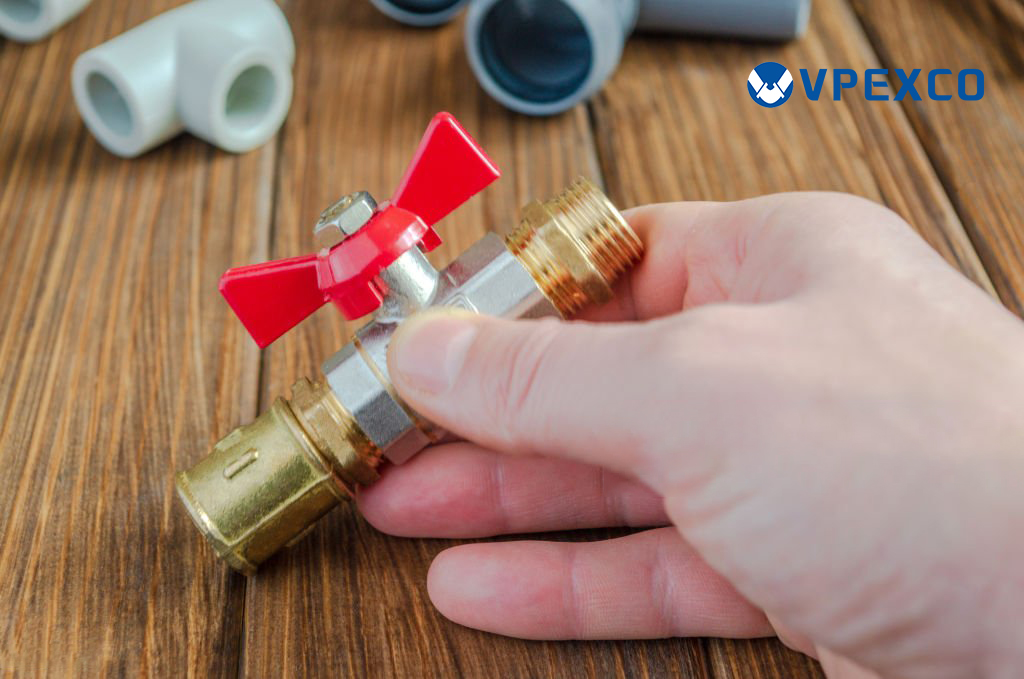
Brass valve test
In addition to the above standards, several other test standards ensure the quality and safety of brass ball valves. These include:
ISO 5211: Industrial valves — Part-turn valve actuator attachments
This standard defines the dimensions for valve attachments to actuators, ensuring compatibility and interchangeability in industrial valve applications.
ISO 5208: Industrial valves — Pressure testing of metallic valves
This standard specifies the procedures for pressure testing metallic valves, including shell strength and leak testing, ensuring that valves can withstand operational pressures without leaking.
EN 12266-1 and EN 12266-2: Industrial valves - Testing of valves
These European standards provide detailed guidelines for testing industrial valves, including pressure and leakage tests, ensuring that valves meet high performance standards.
CSA B125.1 / NSF 61: Plumbing Supply Fittings / Drinking Water System Components – Health Effects
These standards ensure that valve materials are safe for use in potable water systems, preventing harmful substances from leaching into drinking water.
MSS SP-110: Ball Valves Threaded, Socket-Welding, Solder Joint, Grooved, and Flared Ends
This standard defines the requirements for ball valves with various end connections, ensuring they are compatible with different piping systems.
ASTM B584: Standard Specification for Copper Alloy Sand Castings1 for General Applications
This standard ensures that the brass alloy2 used in the production of valves meets specific mechanical and chemical properties3.
ISO 9001: Quality Management Systems – Requirements1
ISO 9001 ensures that manufacturers follow rigorous quality management principles, leading to consistent product quality and customer satisfaction.
Conclusion
Understanding the standards and certifications for brass ball valves is crucial for ensuring quality, safety, and reliability. Whether you're dealing with heating systems, gas installations, or high-pressure pipelines, adhering to these standards ensures that your valves meet the necessary performance requirements. For more information, welcome to CONTACT VPEXCO
-
Discover the key requirements of ISO 9001 to enhance your understanding of quality management in manufacturing. ↩ ↩
-
Discover the essential properties of brass alloy used in valves, which are vital for ensuring quality and performance in applications. ↩
-
Learn about the mechanical and chemical properties of brass alloys to ensure compliance with industry standards and enhance product reliability. ↩




